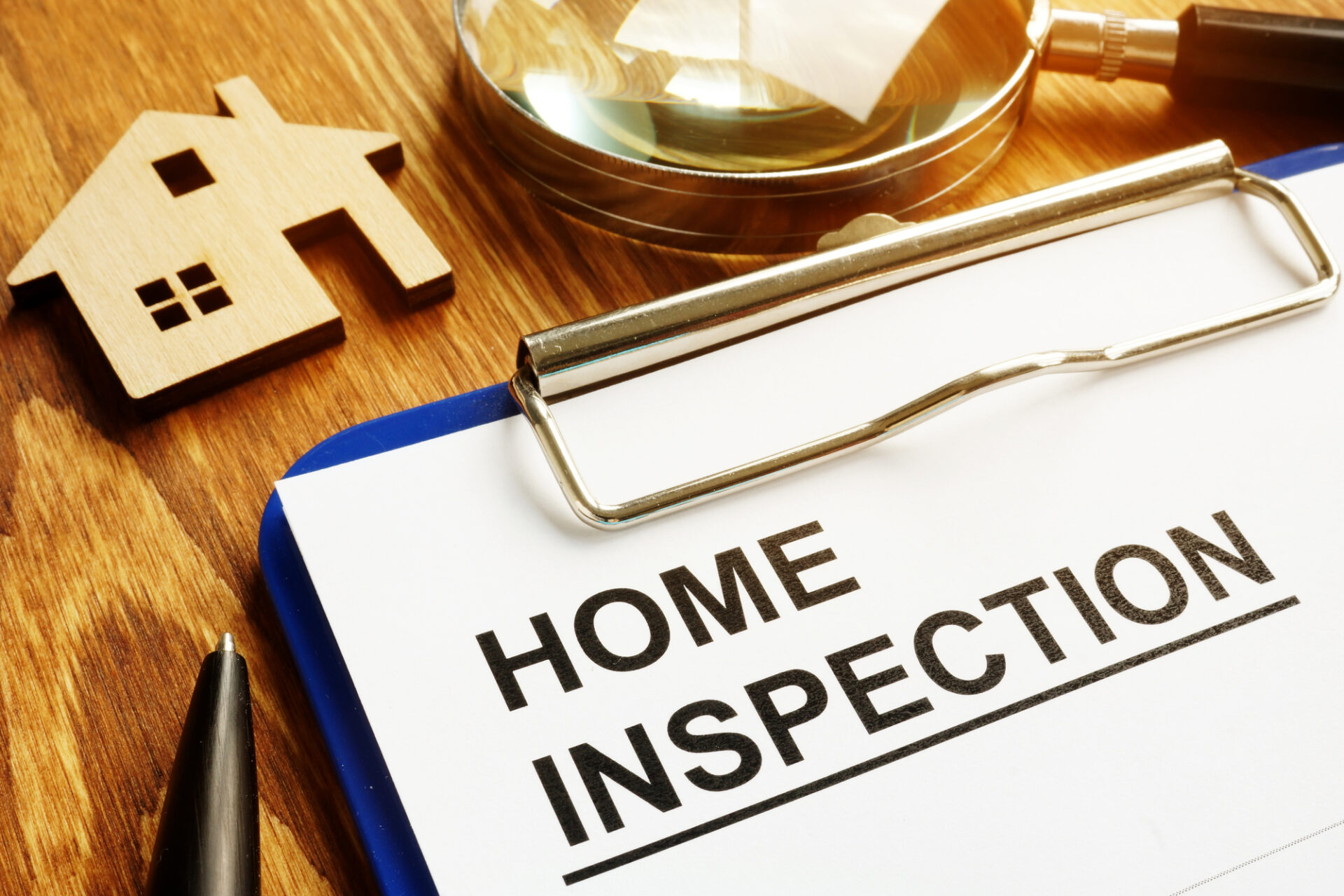When you move into a new house, you may get carried away in the joy of the moment that you might overlook a few important factors. This may include pausing and guaranteeing that your new dwelling is secure and meets the required criteria. That’s when a home inspection and compliance check can be helpful.
By conducting an assessment and compliance check, homeowners can discover any lurking issues with their home’s foundation or systems that may endanger the safety or necessitate expensive repairs down the line. It grants a sense of serenity and can spare homeowners a fortune in the long run.
If you’ve purchased a house built by a trusted builder, such as Blue Gum Home Builders, you could presume it’s flawless. However, even new houses can have hidden issues that aren’t immediately apparent. Thus, continue reading to learn about the steps involved in conducting a comprehensive home inspection and compliance check.
Table of Contents
Exterior Inspection
Your home’s exterior is its first defense against the external elements that may affect the quality of your home. A comprehensive inspection can ensure it’s in good shape and can endure any extreme weather conditions. Here are the critical areas to concentrate on during an exterior inspection:
Roof
Begin by examining the roof. Look out for missing or damaged shingles and indications of wear and tear. Check for debris or any buildup that could create drainage difficulties. Remember that a poorly maintained roof can lead to water damage and structural problems in the future.
Foundation
After inspecting the roof, move on to examine your home’s foundation. Look for any cracks or damage that could signify a structural issue. Additionally, check for any signs of water damage, such as discoloration or moisture, as this could indicate drainage problems.
Walls
It’s also crucial to inspect the walls. Look for cracks, peeling paint, or other indications of damage that could cause structural issues or water damage in the long run.
Gutters
Inspect the gutters to ensure they’re clear of debris and properly directing water away from the house.
Drainage Issues
Check for drainage issues around the house’s perimeter. Keep an eye out for standing water or signs of erosion, as this could indicate inadequate drainage that could harm the foundation or other parts of the home.

Home inspection form with clipboard and pen.
Interior Inspection
While the exterior of your home holds importance, your home’s interior is as crucial, especially in terms of daily living. A thorough interior inspection can help guarantee that your home is safe, comfortable, and functional. Here are the main areas to concentrate on during an interior inspection:
Plumbing
Examine the plumbing. Look for leaks under sinks, in the basement, and around the water heater. Look for any signs of corrosion or damage, and test the water pressure. Plumbing problems can result in water damage and expensive repairs in the future.
Electrical systems
Next is to inspect the electrical systems. Check for any frayed wires or other signs of damage and test the outlets and light switches. Electrical issues can be hazardous, so it’s critical to address them immediately.
HVAC systems
Examining the HVAC systems is also essential. Check the furnace or air conditioner to ensure they work correctly, and replace filters as needed. This step will help ensure your home is comfortable throughout the year and can help lower energy costs.
Signs of mold or water damage
Checking for signs of mold or water damage is imperative. Seek out any discoloration on walls or ceilings and inspect areas prone to moisture, such as the bathroom or basement.
Appliances
Inspect appliances to ensure they’re functioning properly. Examine the stove, refrigerator, dishwasher, and other appliances to verify they work superbly.
Compliance Check
It’s essential to confirm compliance with all relevant regulations and codes to guarantee the safety and legality of your new home. Here are the key areas to focus on during a compliance check:
Building codes and permits
Review the building codes and permits. Confirm that all essential permits were acquired during construction and that the building was erected in accordance with local building codes. This step can ensure that your home is safe and legal.
Compliance with zoning regulations
Check compliance with zoning regulations. Make sure that the property is being used in compliance with its zoning designation. This step can ensure that your home isn’t in violation of any local regulations.
Compliance with safety regulations
Examining compliance with safety regulations is also crucial. Confirm that smoke detectors are installed in appropriate locations and that any carbon monoxide detectors function properly. Verify that handrails are properly installed on staircases and are secure. Confirming adherence to safety protocols can support the well-being of both you and your loved ones.
Compliance with environmental regulations
It’s crucial to confirm compliance with environmental regulations. Verify that hazardous materials, such as asbestos or lead paint, have been appropriately removed or remediated. This step can assist in guaranteeing that your dwelling is habitable and doesn’t present any health hazards.
Conclusion
Overall, by performing a comprehensive examination and adherence assessment and implementing necessary measures based on examination results, homeowners can guarantee their home is secure, operational, and compliant for many years.
Don’t make the mistake of overlooking these important steps before settling in your new home. The best time is now.





